Data from the Surface Water and Ocean Topography (SWOT) satellite was used to map surface heights of the planet’s oceans and freshwater lakes and rivers.
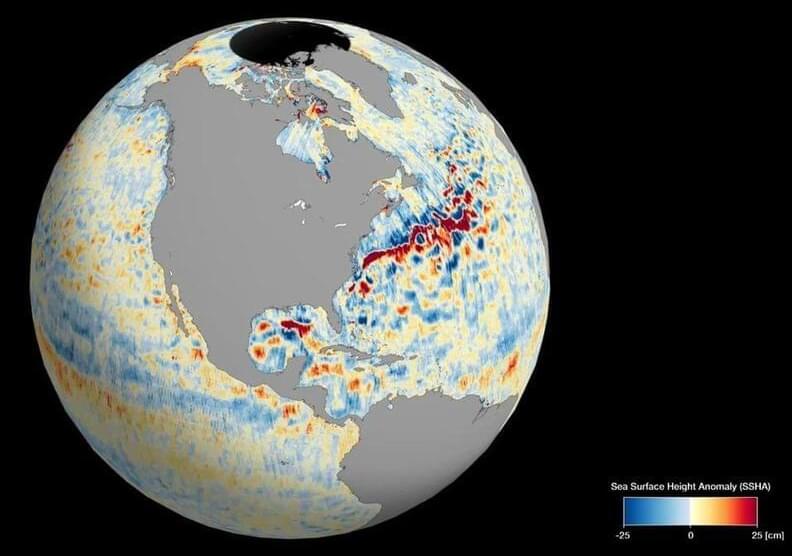


NASA’s Kepler spacecraft has discovered most of the confirmed exoplanets that we know of. But its successor, TESS (Transiting Exoplanet Survey Satellite), is catching up. New research announces the validation of eight more TESS candidates, and they’re all Super-Earths.
TESS’s planet-hunting mission has a more refined goal than its predecessor, Kepler. TESS was specifically built to detect exoplanets transiting in front of bright stars in Earth’s neighbourhood. It’s found about 400 confirmed exoplanets, but there’s a list of exoplanets awaiting confirmation that contains almost 6,000 candidates. There are only two ways to confirm all these exoplanets-in-waiting: further observations and statistical methods.
What all those unconfirmed candidates amount to is data. They’re hiding in TESS’s data, waiting for clever scientists to validate them. Further observations can help uncover them, but not alone.
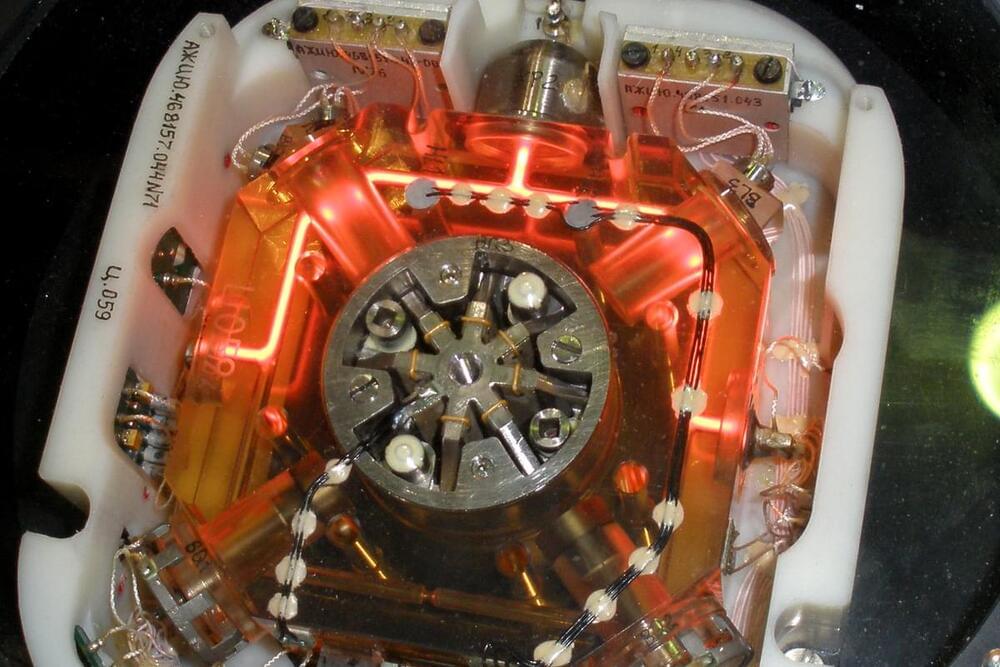
Back in the old days, finding out your location on Earth was a pretty involved endeavor. You had to look at stars, use fancy gimballed equipment to track your motion, or simply be able to track your steps really really well. Eventually, GPS would come along and make all that a bit redundant for a lot of use cases. That was all well and good, until it started getting jammed all over the place to frustrate militaries using super-accurate satellite-guided weapons.
Today, there’s a great desire for more accurate navigational methods that don’t require outside communications that can easily be jammed. High-tech gyroscopes have long been a big part of that effort, allowing the construction of inertial navigation systems with greater accuracy than ever before.
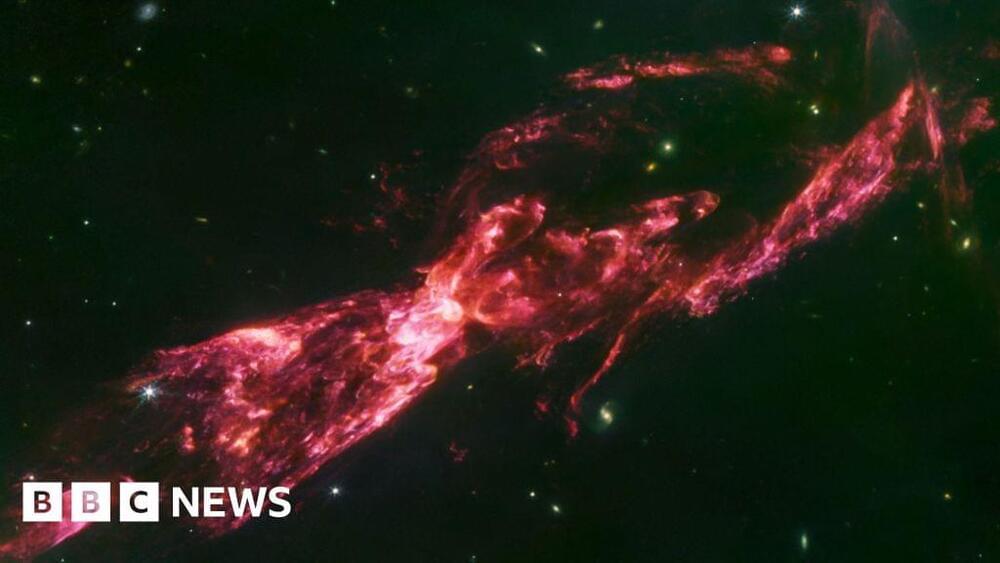
Link :- https://www.bbc.co.uk/news/science-environment-67243772
The James Webb observatory records the giant jets and shocks created by a birthing star in Orion.
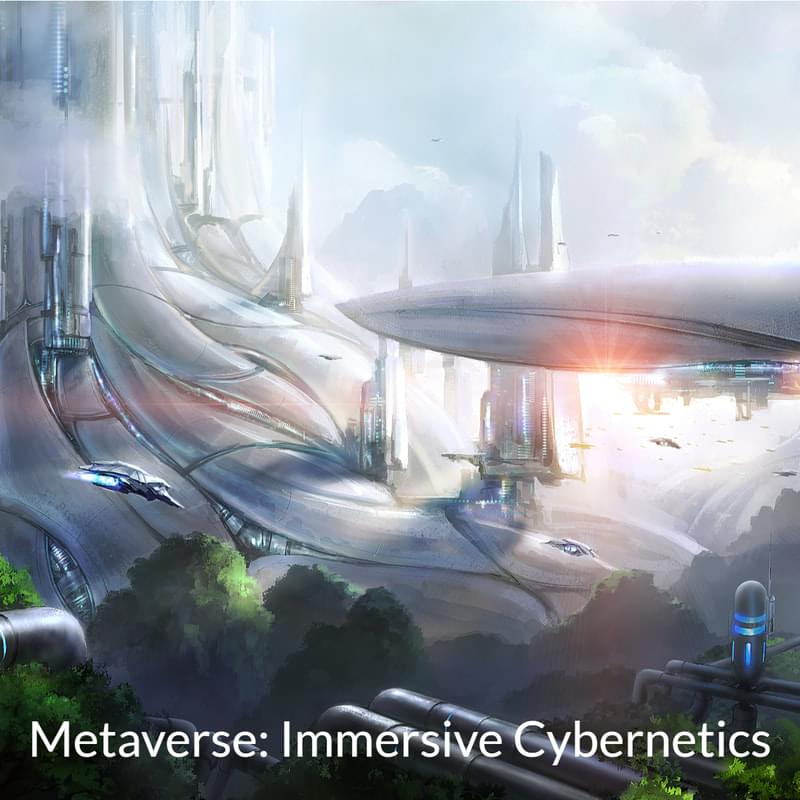
#HumanEvolution #UnipolarWorldOrder #MultipolarWorldOrder #GlobalBrain #GenerativeAdversarialNetworks #GlobalMind #SyntellectHypothesis #Geomind
What may seem like discord and chaos at first glance is, in actuality, the driving force behind harmony, balance, and evolutionary progress. In this grand cosmic symphony, each note—be it dissonant or melodious—has its unique place, contributing to the overarching masterpiece that is the universe. Thus, the ongoing struggle of opposites is not a malign cosmic joke but rather the divine mechanism through which the universe finds its equilibrium. And so, amid all the clashing and clamor, let’s not forget: even chaos has a purpose, and that purpose is nothing short of cosmic harmony.
-Alex Vikoulov
*The Syntellect Hypothesis: Five Paradigms of the Mind’s Evolution by Alex M. Vikoulov is available as a Kindle eBook, paperback, hardcover and Audible audiobook.
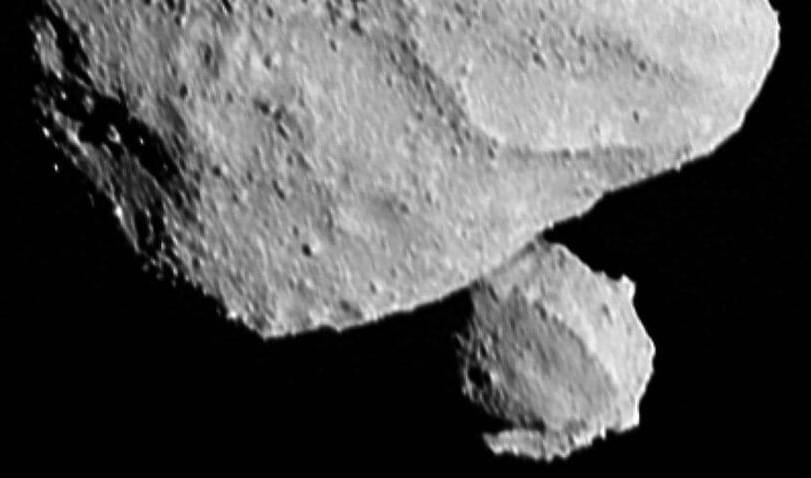
Alfred Anzaldúa talks about inevitability of human expansion into space and the proposal to add an 18th SDG, focused on space development, to the U.N. 2030 Agenda for sustainable development.
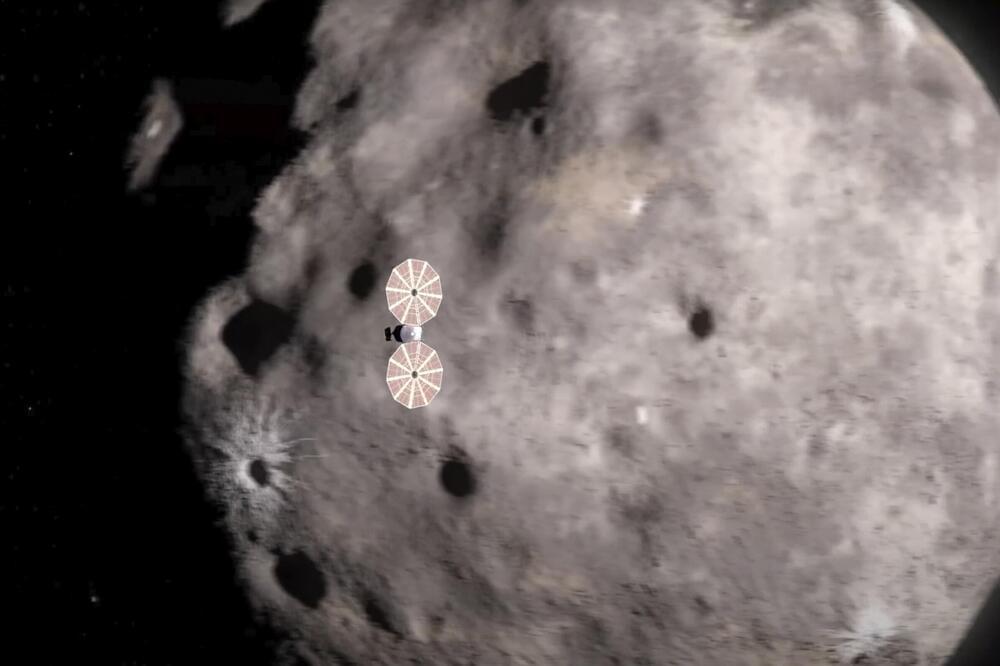
NASA’s Lucy spacecraft on Wednesday encountered the first of 10 asteroids on its long journey to Jupiter.
The spacecraft on Wednesday swooped past the pint-sized Dinkinesh, about 300 million miles (480 million kilometers) away in the main asteroid belt beyond Mars. It was “a quick hello,” according to NASA, with the spacecraft zooming by at 10,000 mph (16,000 kph).
Lucy came within 270 miles (435 kilometers) of Dinkinesh, testing its instruments in a dry run for the bigger and more alluring asteroids ahead. Dinkinesh is just a half-mile (1 kilometer) across, quite possibly the smallest of the space rocks on Lucy’s tour.

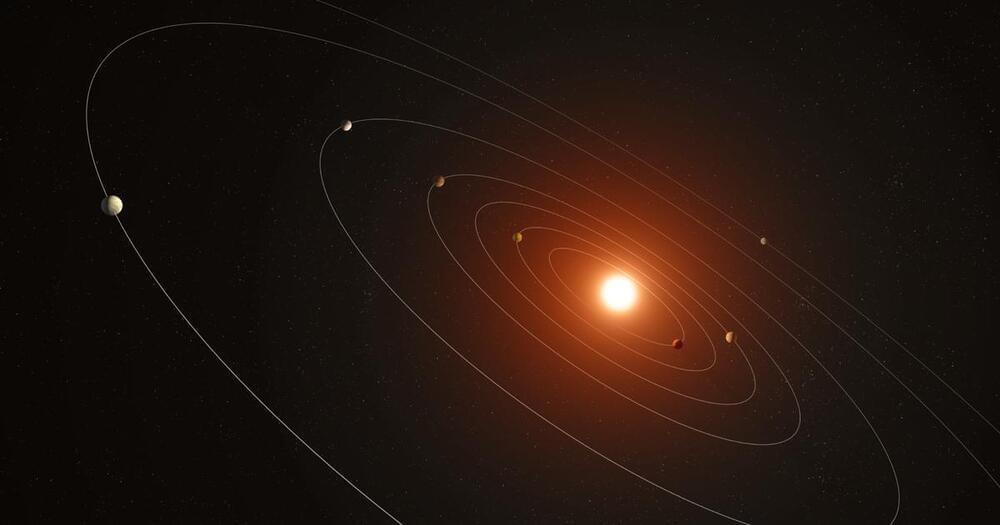
Astronomers studying data from NASA’s retired Kepler space telescope discovered a new system of seven “scorching” planets orbiting a distant star that is bigger and hotter than the sun, the space agency said Thursday.
NASA described the newly found planets as “sweltering” and “bathed” in radiant heat emitted by the host star that was described as “sun-like.” That star is 10% larger and 5% “hotter than the sun,” NASA said, and there is more heat per area from that star than any planet in our solar system experiences.
All of the planets are larger than Earth, with the two inner planets just slightly larger and the other five planets even bigger, about twice the size of Earth. The inner planets are “probably rocky and may have thin atmospheres,” NASA said, while the five outer planets are expected to have thick atmospheres.